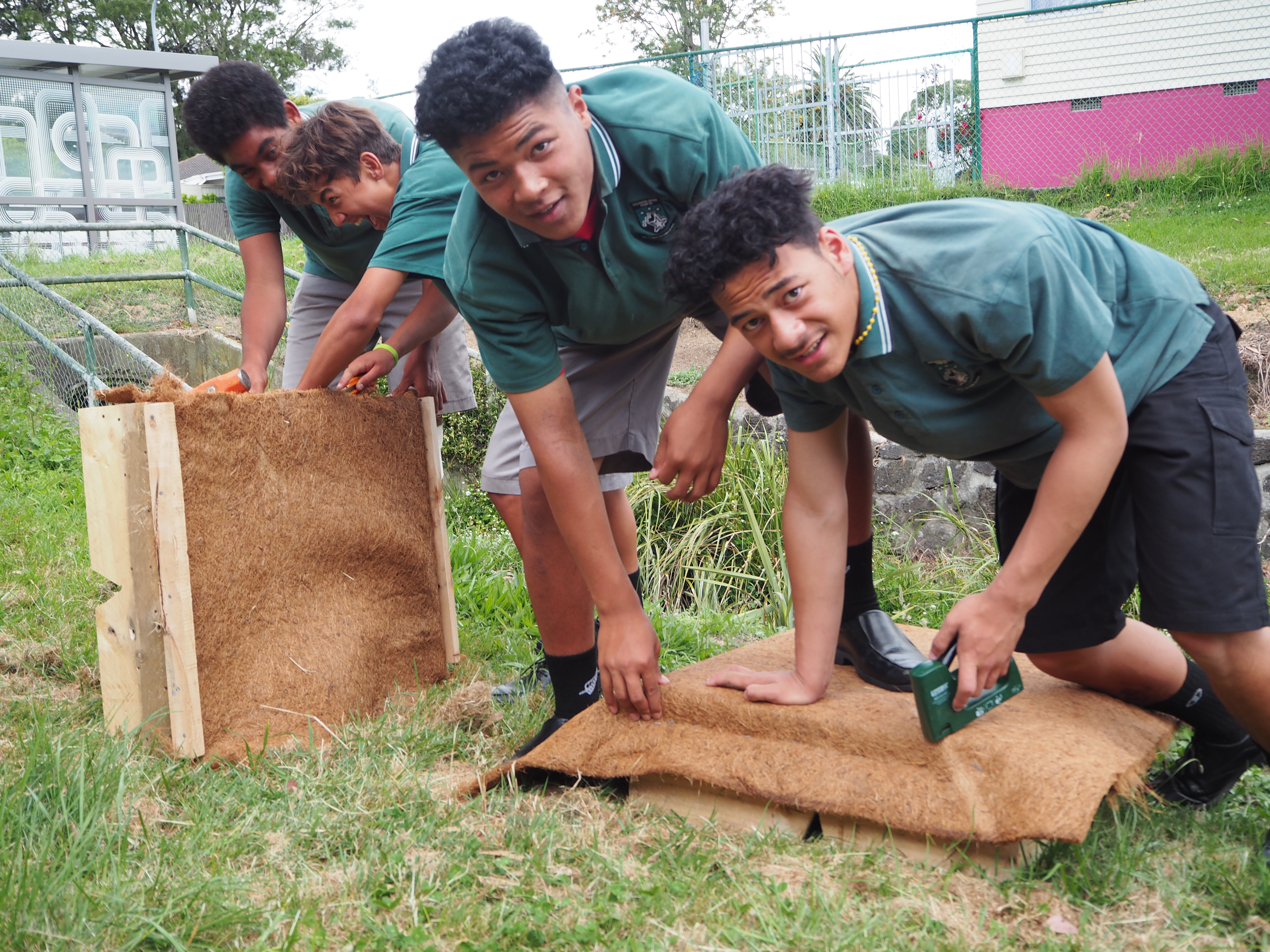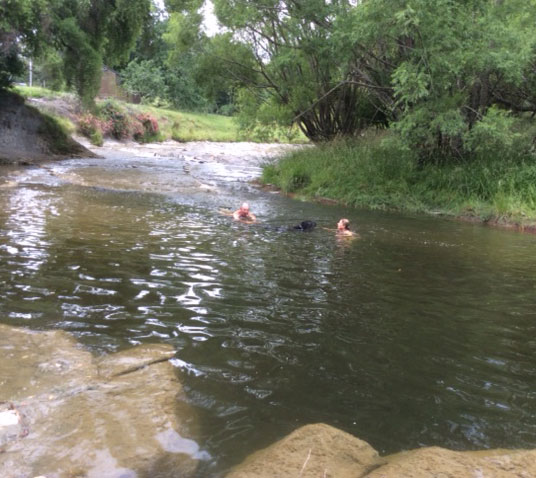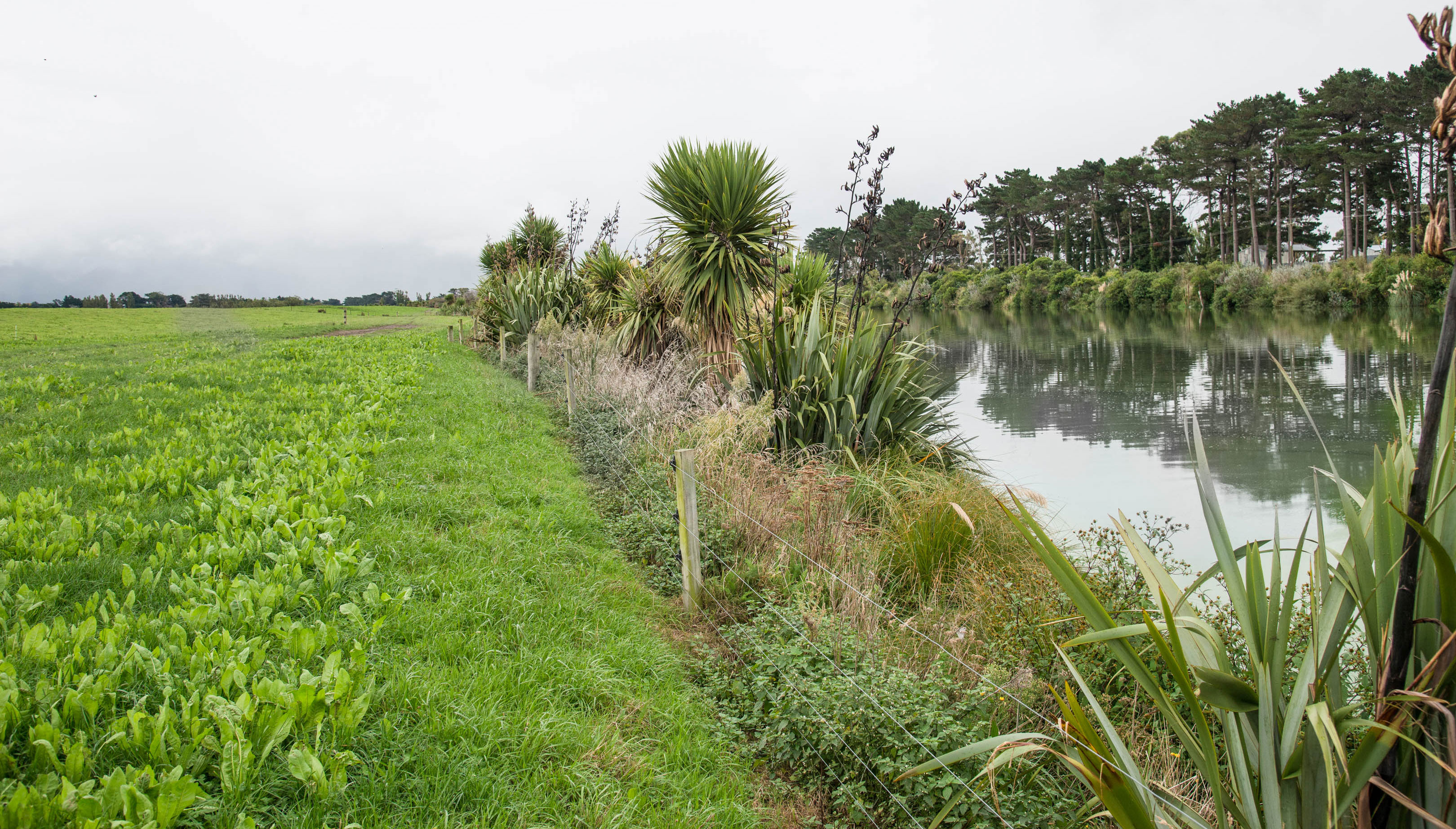Clean-up for popular river spot
Project aiming to restore the health of an iconic Gisborne river has farmers doing ‘amazing work’.


A group of farmers near Gisborne are united in a quest to clean up the waters of the Wharekopae River, a waterway famous for the iconic Rere Falls and Rere Rockslide.
All 15 beef and sheep farmers in the river’s upper catchment are involved in the Rere Water Quality Enhancement project at the river which flows for around 15km inland from Gisborne.
The river’s water quality is especially crucial because the falls and rockslide (a 60m smooth, mossy ride popular with thrill-seekers) are major attractions for locals and visitors alike, frequently drawing hundreds of people a day in the summer.
The project began in 2015 and since then the farmer group has carried out extensive fencing around waterways to keep stock out, riparian planting and the installation of water reticulation schemes. This work has resulted in the project being named as a finalist in the 2019 New Zealand River Story awards, the winner to be announced at a function Wellington on November 7.
One of the farmers taking part is Mark Gemmell who was born and bred in the district and has been farming in the area since 1978. He says he is proud of the work the community is putting in: “Every farm owner here is invested in improving the water quality; they’re doing some amazing work,” he says.
The project - initiated by the Gisborne District Council and also involving the Ministry for the Environment (MfE) and Beef and Lamb New Zealand - was launched after tests showed the river was suffering from high levels of E coli.
Livestock getting into the streams for drinking water was also identified as a problem, while locals say since the 1980s there has been a decline in its once abundant wildlife.
Gemmell , who owns the 980ha Mokonui Station which borders the river, says when he took over from his father in 1978 the Wharekopae was home to good numbers of brown trout and native blue ducks (whio).
“The ducks are gone now,” he says. “There are a few trout still but nowhere near the number there used to be. I don’t fish anymore because I want to leave at least a few there.”
Although he is unsure whether this decline can be turned around, the project appears to be paying dividends for the quality of water. Recent tests undertaken by MfE show fewer cases of E coli “exceedances” although authorities say at least three years of data is needed before they can have confidence in the trends.
In fact the project was launched following the release of a 2012 report on the Gisborne region which identified water quality as the main limiting factor for the “natural character and community values” of the rockslide. Another report, the State of the Environment, revealed E coli in the river did not meet acceptable levels.
Gemmell, who has been farming in the area since taking over the station from his father, says he had no hesitation in taking part in the project.
“We (he and his wife Annie) were asked if we wanted to participate and we were happy to do so,” he says. “We have been here longer than most and we wanted to set an example to others in the district; but by no stretch of the imagination are we the only ones doing this.”
His property, which has 220ha in native bush, includes many creeks that feed into the river. The station runs 7500 stock units, a 50/50 mixture of sheep and beef.
Now 70, Gemmell lives in Gisborne leaving management of Mokonui Station to his son Sam and wife Tas. But he maintains a keen interest in the health of the river and says locals are now much more aware of the impact of pollution.
He believes E coli has been present in the river for “hundreds of years and it is only since we started monitoring that we’ve become aware of the problem and what causes it.
“While no-one can put their finger on a single E coli source, it could be because of a heavy stocking rate or the feeding out of crop,” he says. “But often a spike is related to temperature and rainfall events.”
Initially the council undertook intensive monitoring - weekly to begin with - which provided information on problem areas.
Livestock entering the river was found to be a big contributor to poor water quality and farmers were provided funding (equivalent to 50 per cent of the total cost) to fence waterways - today more than 10km of the river is fenced - while financial assistance was provided for riparian planting and the installation of reticulation schemes.
Farmers were also given assistance to develop farm environment plans and nutrient budgets. Through these they were able to assess their operations, identify areas where they could make improvements and help reduce contaminants reaching the water.






